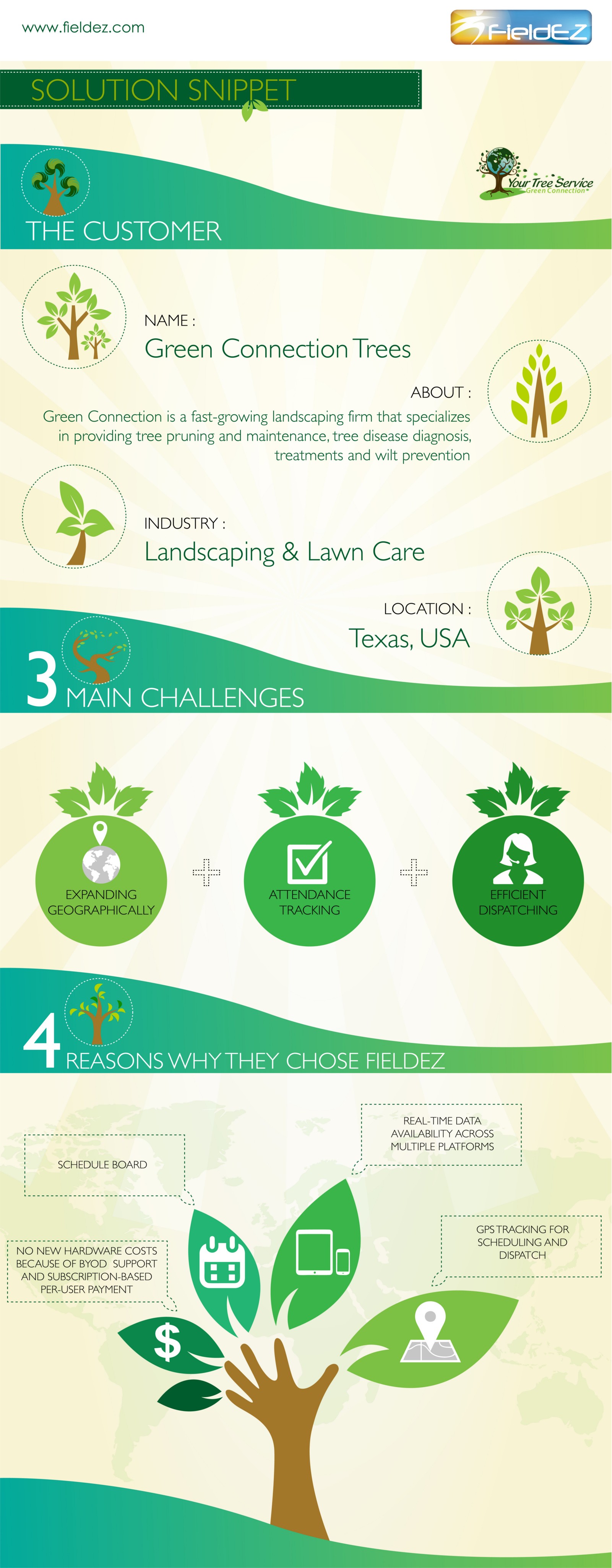Indicators That It Is Required To Get Rid Of A Tree - A Manual For Home Owners
Indicators That It Is Required To Get Rid Of A Tree - A Manual For Home Owners
Blog Article
Short Article Written By-Churchill Crowder
Trees include appeal and value to property, yet they can likewise posture a danger throughout severe weather condition occasions. If a tree has quit growing, is exhibiting noticeable fungal growth, or has a leaning trunk, it needs to be gotten rid of by an expert to avoid residential or commercial property damage and injury.
To read more, participate in https://hhcthug.w3spaces.com/growth-maintenance.html -hosted by HPD, the Center for NYC Neighborhoods, and Brooklyn-based real estate companions this evening in Bedford-Stuyvesant. The occasion will feature the Homeowner Manual, a new guide to help house owners browse the duties of having a home.
1. Dead or Dying Branches
Trees are an integral part of your home's landscape, supplying color and charm. They likewise offer shelter for wildlife and produce oxygen, but even healthy trees can experience health issue that may demand their elimination. Dead or passing away trees aren't just unsightly, they can be hazardous. Their branches might drop during a storm, bring about expensive residential property damage and injuries.
When a tree's branches start to die, it suggests that its framework is starting to break down. If most of its branches are dead, it is most likely time to remove it.
https://docs.google.com/spreadsheets/d/14CZ1EqvrS4bTDXUjNA0r9MKnVcLeL7I41lrUxHzkPmo/edit?usp=drive_link of brand-new development, bark peeling, open injuries or cavities, fungis growing on the trunk or origins and a basic appearance of decay in the whole cover. These signs of infection can indicate a major trouble that will certainly need specialist tree services to resolve.
2. Leaning Trunk
While it's regular for trees to lean periodically as a result of phototropism, if a tree has a hazardous or serious lean that's not as a result of natural processes - it could be an indication that the tree requires to be eliminated. If the tree is favoring a power line, home, vehicle, play framework or any other area that could be unsafe to individuals if it drops, then calling an expert tree service for elimination need to be a top concern.
It's likewise important to watch for any sudden changes in a tree's leaning as it can show damage to the roots or trunk that might bring about falling. This is specifically true throughout stormy weather, considering that high winds and rain-soaked soil can cause a lean to transform quickly. Routine surveillance, especially during and after storms can aid house owners acknowledge potential problems with their trees so they can call an arborist for a complete examination.
3. Pest Infestation
Some pest infestations, such as wood-boring bugs like emerald ash borer or sap-suckers like range bugs, are so extreme that they can create a tree to pass away. The very best way to prevent pest infestation is to check your trees on a regular basis. Try to find arborist ladder , openings, or stainings in the leaves and bark. Take a look at the trunk for splits and signs of insect damages, such as tunnels or tracks.
If a tree comes to be as well infested with pests, or is close to a home or high-voltage line, an arborist might suggest elimination. If a leaning tree establishes a brand-new, unpredictable lean, an arborist will likely recommend elimination also to make sure the safety and security of people and residential property. If a weakened or dead tree continually loses excessive branches, it is a sign that it is time to remove the tree. If a tree remains to drop branches for a prolonged time period, it might cause structural issues and potential residential property damage.
4. Harmed Trunk
Trees are a gorgeous and integral part of our landscape, however they do call for routine care to keep them healthy and risk-free. If a tree is harmed beyond repair it is most likely time for it ahead down.
Try to find indicators of damage to the trunk, including upright fractures, joints, dead branch stubs, noticeable wounds or open tooth cavities and severe tree-rot. The presence of fungis at the base of the trunk is an additional advising indication. Fungis might show that the phloem and xylem (life-support cells) are compromised, permitting the spread of disease or a future failure.
Additionally, take into consideration whether the tree has quit expanding. Healthy trees will certainly have brand-new development each year, which may be visible as buds or branches sprouting and prolonging. If you do not see any kind of brand-new growth, it's a good concept to have an arborist evaluate the tree and follow their referral for removal. A dying or harmed tree can drop and trigger building damages.